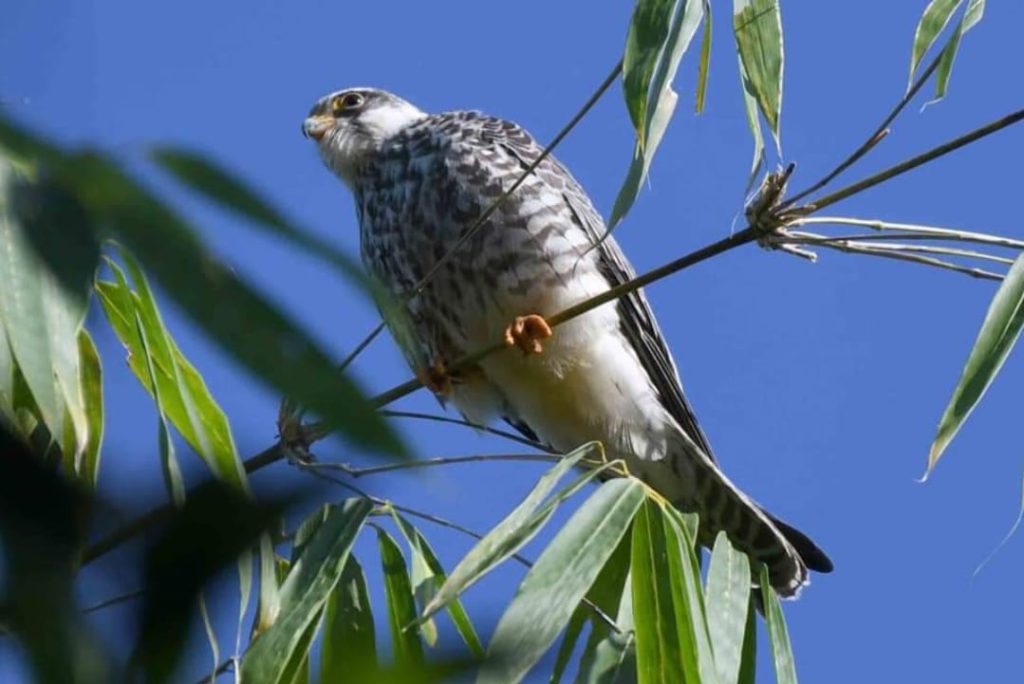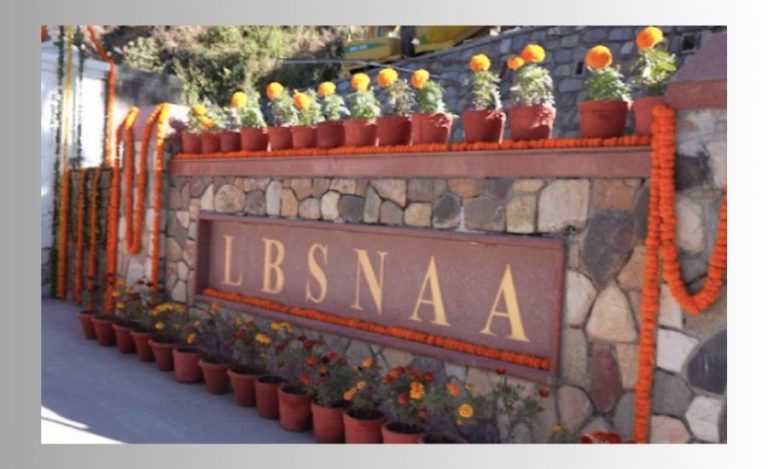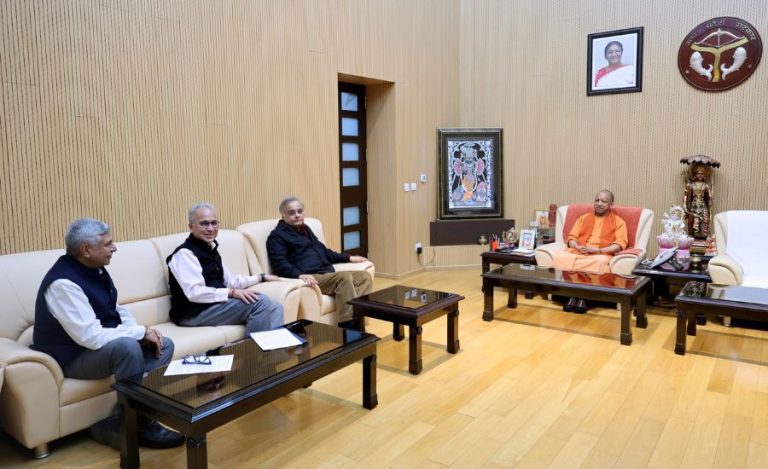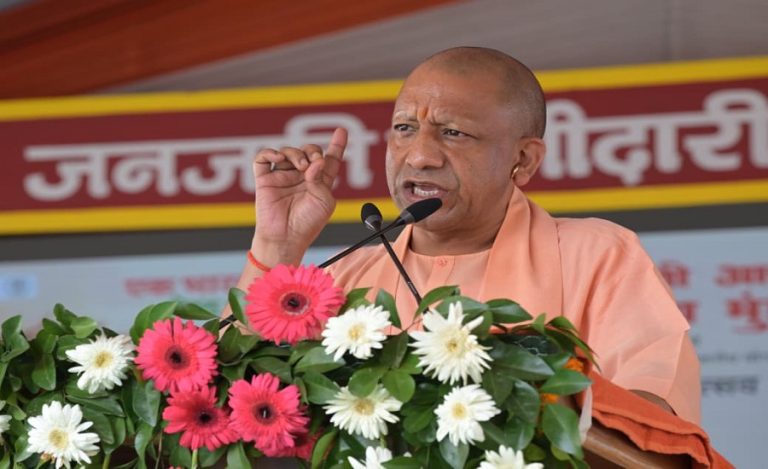This is a success story with a difference. The small district of Tamenglong in Manipur is successfully conserving the migratory Amur falcons with some ground-breaking initiatives. To track their movement in the air, few falcons were tagged with satellite transmitters. And, on the ground, the district administration issued a notification making it mandatory for all local people to surrender their guns so that nobody can shoot the birds during their stay in the district.

Speaking to Indian Masterminds, District Collector of Tamenglong, Hungyo Worshang (IAS) outlined the initiatives taken by the administration to protect these avian visitors from faraway land.
NOTIFICATION TO SURRENDER GUNS
District Collector of Tamenglong, Hungyo Worshang (IAS) issued a notification last month to surrender all guns to the administration. This was done to prevent villagers from shooting at the Amur falcons. Earlier, before such a preventive measure was taken, people used to hunt down the birds because they fetched good prices at the local bazaar.
“We issued an order that all air guns should be deposited with the village authorities before October 31. This was a pre-emptory measure and public responded well to it,” the officer said.
NATURAL PEST CONTROLLERS
The Amur falcons migrate from Siberian countries to African countries, passing through Northeast India on the way. They usually stay for about 45 days in Tamenglong district every year during their annual migration.
The Amurs are locally known as Akhoipuina or Kahoipuina in the Rongmei dialect. The approximate size is that of a common pigeon. The body length is 26 cm to 30 cm and weight ranges from 97 gm to 170 gm in male and from 111 gm to 195 gm in female.
The male of the species is smaller than the female and is blackish grey in colour while the female has more brighter shades. The life span is 10 to 13 years.
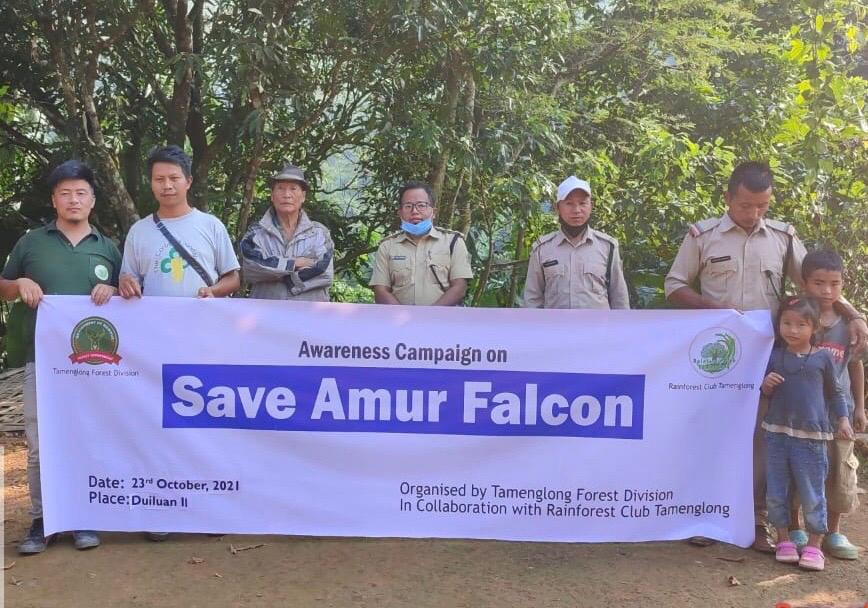
Mr. Worshang informed that “Amur falcons are natural biological pest controllers, too. Being birds of prey, they feed on insects such as locusts, grasshoppers, beetles, etc. They help the farmers to increase their harvests by devouring the harmful insects that damage the crops.”
AWARENESS AS A TOOL
To raise awareness about the need to protect these birds, mass awareness programmes like the Amur Falcon Festival was held at the district headquarter. Small awareness campaigns were also organised in the villages.
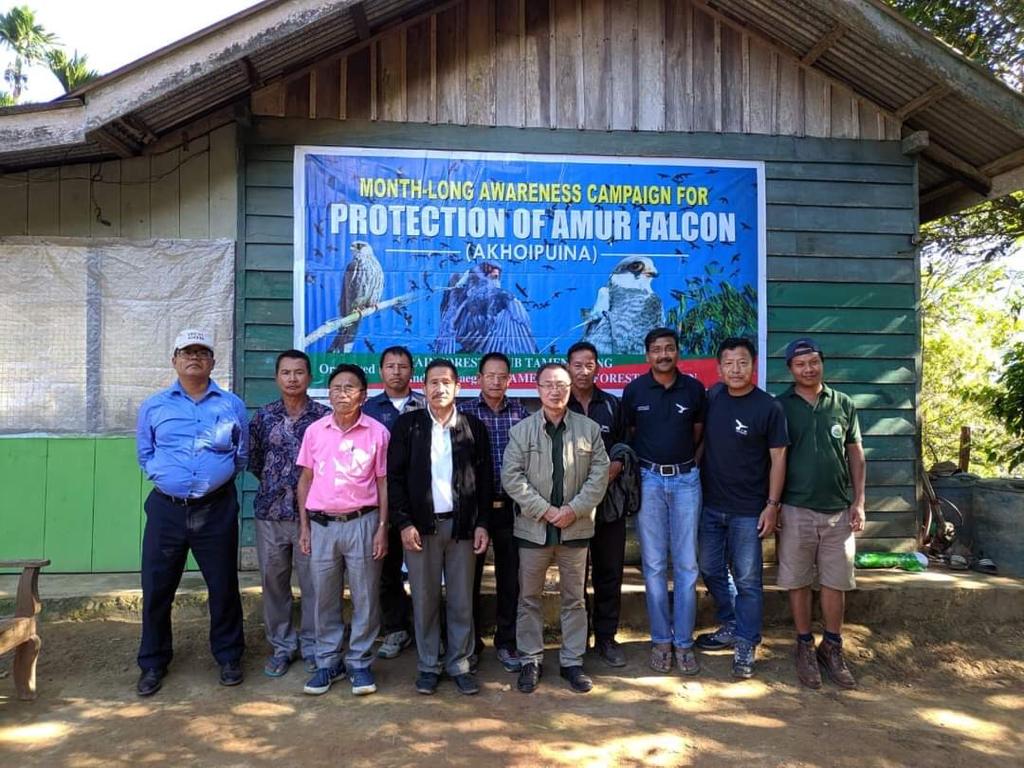
Mr. Worshang said, “The forest department and a local NGO called the Rainforest Club successfully created mass awareness on the need for Amurs’ conservation. Support was sought from important public leaders, local leaders, and church leaders. The print and electronic media were utilised to present positive reporting on wildlife conservation. Village authorities were also roped in to help with the campaigns.”
LOCAL YOUTH AS VOLUNTEERS
A conscious effort was made to involve the local youth in the conservation project by employing them as protection volunteers at the Amur roosting sites during the migratory season.

Mr. Worshang further informed that “alternative means of livelihood and income generation like poultry rearing were provided to the people who used to deal with the Amur trade. They were given training first and then given chicks, feed, and medicines. Surprise market raids were also conducted to stop the sale of wildlife products.”
SATELLITE TRANSMITTERS TAGGING
In order to track the movements of the Amur falcons, few of them were tagged with satellite transmitters.
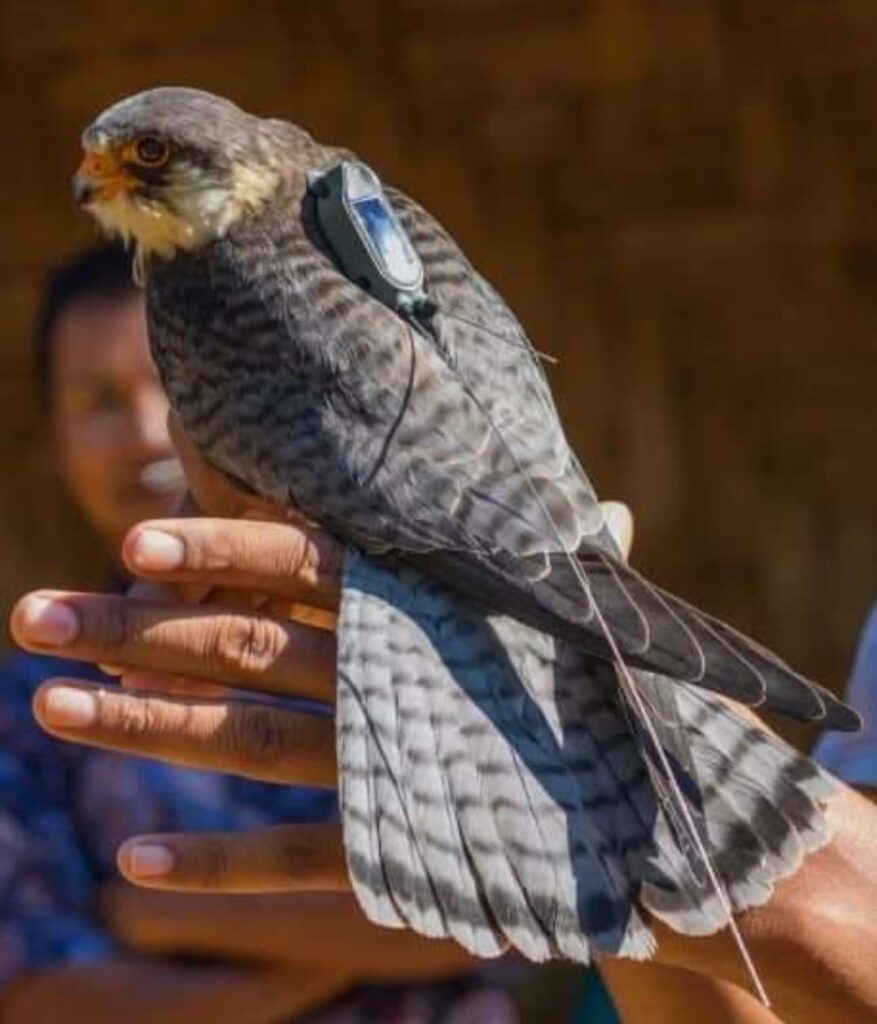
Tamenglong Division Forest Officer, Kharibam Hitler Singh, who was a part of this unique initiative, elaborated: “In the first phase, two Amurs were tagged with satellite transmitters at Chiuluan village. The birds were christened Manipur and Tamenglong. A team from Hungary helped with the procedure. In the second phase, five Amurs were tagged with similar satellite transmitters. This time, a team from Dehradun oversaw the exercise.”
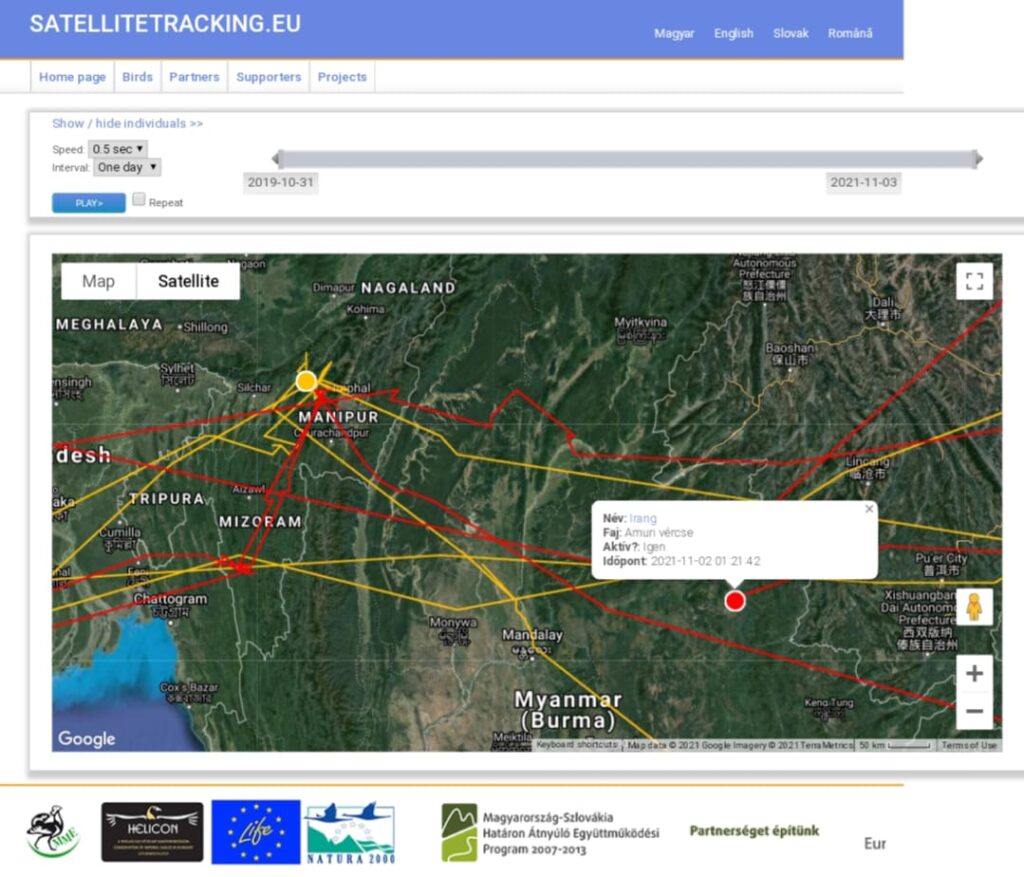
PROMOTING ECOTOURISM
The potential to develop the roosting sites as tourist spots did not go unnoticed. To attract tourists to the area to witness the swarms of Amur falcons, infrastructure development was taken up by the administration.
“Special watch towers and eco huts were constructed at several roosting sites,” DC Worshang said.
POSITIVE RESULTS
The sustained collective efforts of the different departments of the administration bore fruits and the incidences of Amur hunting went down significantly in the district. Nowadays, there is no sale of either fresh Amur falcon or dried one in the local markets.
“It seems both awareness and love for the Amurs are increasing year after year,” said Mr. Worshang. No wonder, this year too, the Amur falcons have come home to roost.

